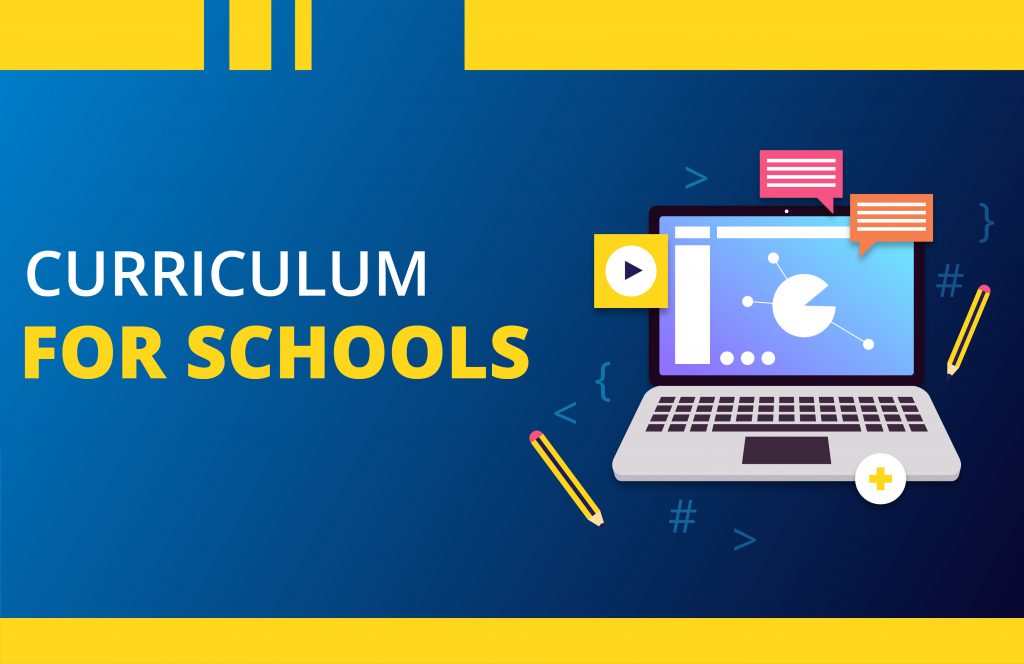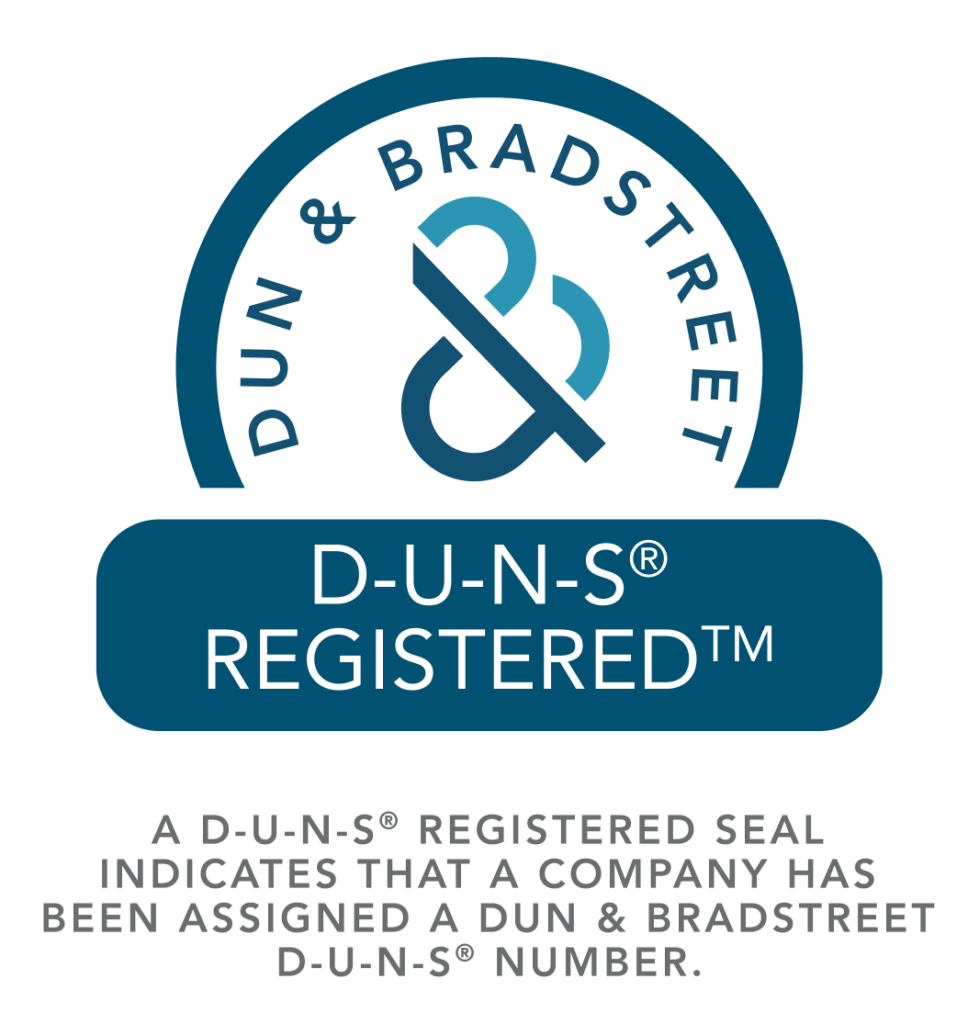AI vs Human Intelligence: Helping Kids Think Smarter, Not Just Faster
We keep on hearing the word AI, or artificial intelligence almost regularly, everyday. Why is AI a buzzword now? What is AI actually?AI or artificial intelligence means AI or Artificial Intelligence means when machines or systems are trained to replicate human tasks. It is now being actively integrated into school curricula via STEM education, Coding and AI platforms, and Robotics labs for schools, making it an essential part of modern learning. AI is now used extensively to help minimise the human efforts in the everyday repetitive tasks. Let us dive deep into this magical technology! The First AI Ever – A Quick History! The first AI wasn’t like today’s chatbots or robots. It was a program designed to mimic human problem. It was debuted in the year 1956, at the Dartmouth Conference and was named the Logic Theorist. Later on, John McCarthy coined the term Artificial intelligence and then came to be known as the “Father of AI” There are famously different segments of AI like Generative AI, Predictive AI, Conversational AI etc. The most famous being Generative AI, which shot to stardom when OpenAI launched ChatGPT in November 30, 2022. This version, that is the 3.5 version became rapidly famous and hit 1 Million users in just 5 days!It was initially released by OpenAI as a free research preview, but the general public went gaga over it and started using it for homeworks, personal assistance, content creation etc. The near future Now that AI has taken a good grip in this ecosystem, the future and the jobs are dictated by it, it is more than essential to equip ourstudents with the right tools to pave a path to lead the way in the digital future. To match the pace of this digital shift, initiatives like Atal Tinkering Lab setup and STEM innovation and learning centres are being promoted to equip students with future-ready skills. Why is AI important and why should students master it? Schools implementing the AI Curriculum for Schools and Robotics Curriculum for Schools are already witnessing enhanced engagement and better problem-solving abilities among learners. Jobs now demand candidates to be AI fluent, that is, be tech savvy enough to use Artificial intelligence in the best way possible to yield the most optimum results. AI is to be collaborated for creative tasks and better analysis and making informed decisions. Helps in developing critical thinking and decision taking skills. Students learn to communicate in AI prompts for better decision taking and also judge in between biased and neutral information etc. AI is now used in every industry, from disease diagnosis in healthcare segment to data modelling in Research activities. It forms the base of almost all industries now It helps the students to explore their curiosity, make better decisions. It actually amplifies human intelligence. Students as creators and not just consumers With the right support from Tinkering lab setup companies and STEM education consulting companies in India, students can innovate early and contribute meaningfully. The best thing about artificial intelligence is that it doesn’t replace human intelligence, but instead enhances and amplifies it. Students can explore their curiosity and creativity and push past their potential. Schools can further this by offering artificial intelligence projects for students and robotics projects for school students to apply their learning practically. They can – What lies ahead? The future is unpredictable but Ai will be at the core still. From solving real world problems to making complex queries easier, students equipped with AI knowledge will lead the charge. By teaching the students on the benefits and safe usage of AI, they will be able to explore, solve and create in the best way possible. Programs like Atal Tinkering Lab Teacher Training and Professional Development Courses for Teachers ensure that educators are ready to guide students on this AI journey. Schools and AI : Initiatives like tinkering labs in schools, STEM labs for schools, and robotics lab setup in schools are being promoted to foster a learning-by-doing mindset. Schools are now shifting from the traditional ways of imparting education to hands-on and experiential learning. This ensures that students can retain the knowledge for a long time. This happens because they indulge in ‘learning-by-doing’. Students also develop the necessary 21st century skills like critical thinking, curiosity etc. Many schools are integrating PM Shri TLM Kits, Math Kit PM Shri School, and AI and IoT Learning Solutions for schools to align with the K12 Segment Solutions for Schools approach. They also learn about the real life problems and try to solve them through the design thinking process of – Also, the best thing is that government is now acknowledging this groundbreaking change and supporting AI and robotics education for Schools. Government has taken initiatives to equip students with the 21st Century skills, promote stem education and encourage them to solve real world problems. The Government of India has taken major steps to ensure AI education is accessible and inclusive for students across the country, especially in line with the National Education Policy (NEP) 2020. The Government’s efforts include promoting Atal Tinkering Lab registration 2025, enabling access to Internet of Things Labs for schools, and encouraging the use of virtual reality in education. What is in it for schools? Schools partnering with a leading Atal Tinkering Lab vendor or top Atal Lab setup company in India can seamlessly implement these labs and align with NEP goals. Schools can also offer teachers training programs online, certified educator programs, and AR VR training programs to stay future-ready. For the best of the kids, it is essential that we secure their future. The schools need to make sure that they- ✔️ Integrate AI Labs into the curriculum✔️ Train teachers in AI tools and pedagogy✔️ Partner with STEM and EdTech organizations to stay ahead✔️ Empower students to build portfolios in coding, AI, and innovation Conclusion As from above we can very well understand why upgrading the education system is essential for the growth of the students. Starting early is
AI vs Human Intelligence: Helping Kids Think Smarter, Not Just Faster Read More »








